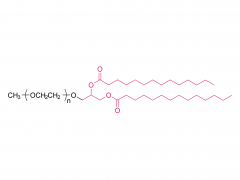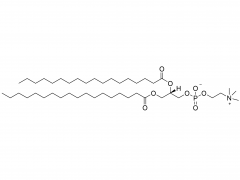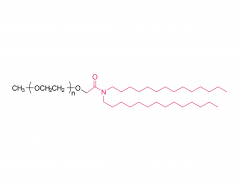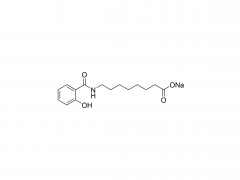Drug excipients not only have an effect on the manufacturing process of the drug, but also have an important influence on whether the drug has the desired effect in the human body. As the COVID-19 epidemic continues to spread around the world, coverage for COVID-19 vaccination is critical. Specific excipients play an important role in making vaccines more effective. What are the characteristics of supplying good quality COVID-19 excipients? 1. High safety performance The main function of drugs is to cure diseases. If drug excipients as additives are used without safety evaluation, they may cause harm to human body. Especially for COVID-19 vaccine, which has not been on the market for a long time, the safety of excipients should be considered as a top priority. Therefore, to evaluate the safety of COVID-19 excipients, suppliers are required to provide safety assessment reports. 2. The performance of auxiliary materials is stable and effective Because the COVID-19 vaccine has a wide range of injection, involves all age groups and varies in body quality, the effect of the vaccine will be greatly reduced if the stable performance of exciphants cannot be guaranteed, which is extremely detrimental to our efforts to contain the spread of COVID-19. Therefore, the performance stability should be taken as one of the key factors to evaluate whether a vaccine excipient is of good quality. 3. Strong supply capacity At present, countries around the world are actively purchasing the new coronavirus from multiple sources, and the public are encouraged to receive the vaccine without charging for the publicity. However, the supply of vaccine production companies is still in short supply, which shows the huge demand for vaccine. Therefore, a good vaccine excipient supplier should have sufficient supply capacity to ensure that there is no shortage of product supply and can better meet the needs of vaccine manufacturers. In conclusion, the new crown vaccine supply good quality materials with high safety performance, stable performance, effective, strong supply capacity, and other key factors, the new crown vaccine manufacturers can distinguish from the above aspects, after screening before the relevant preparatory work, so that can ensure the quality of produce vaccines have security, security hidden danger. SINOPEG can provide high quality covid-19 vaccine excipients. Welcome to contact us. research use only.
View More





























